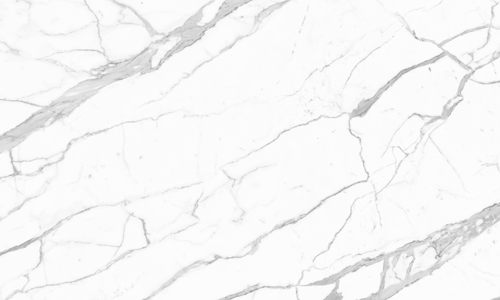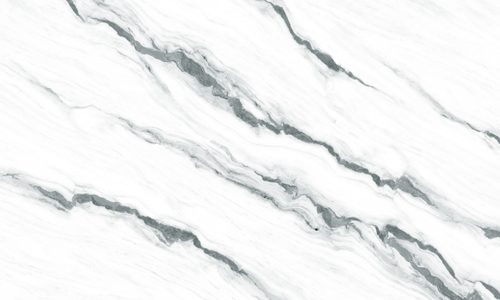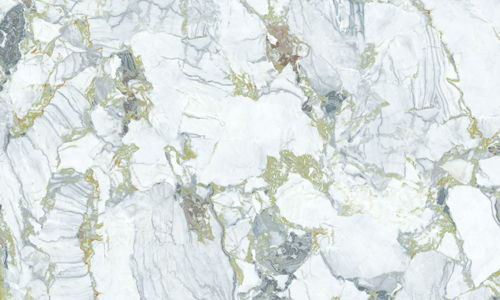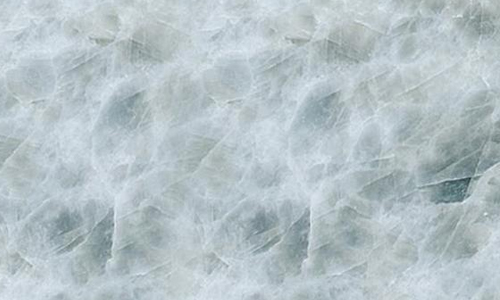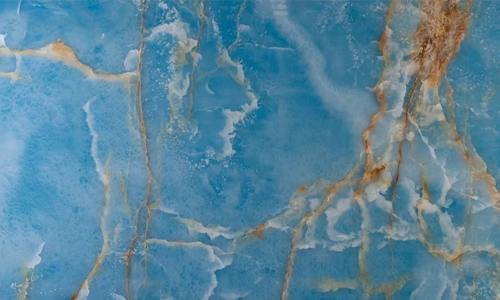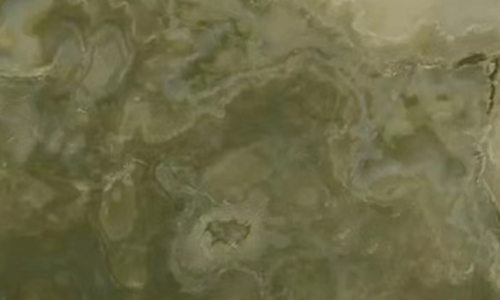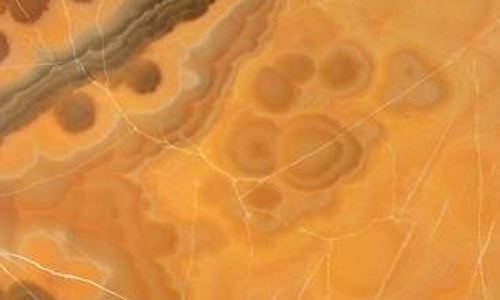Granite, the seemingly humble rock beneath our feet, is far more than just a building material. It is a geological marvel, formed over millions of years under intense heat and pressure deep within the Earth’s crust. Its journey from molten magma to the durable stone we use today is a testament to the incredible forces that shape our planet.
A Molten Beginning
Granite begins its life as magma—a molten mixture of minerals, gases, and liquids. This magma forms deep within the Earth's crust, often miles below the surface, where extreme heat from the planet's core and pressure from overlying rock cause it to crystallize slowly over time. The resulting rock is an intricate blend of minerals, primarily quartz, feldspar, and mica, each contributing to granite’s distinctive appearance and physical properties.
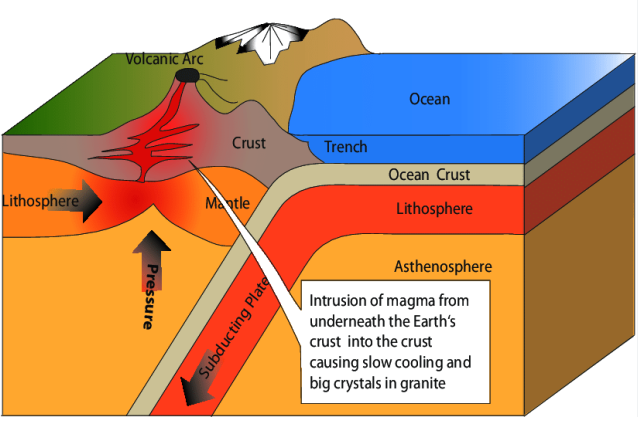
The slow cooling process beneath the Earth's surface allows the minerals to grow large enough to be seen with the naked eye, giving granite its signature speckled pattern. This is in stark contrast to other volcanic rocks like basalt, which cool rapidly and are fine-grained.
The Science of Strength
Granite’s toughness is one of its most remarkable features. It ranks 6-7 on the Mohs scale of hardness, which measures the scratch resistance of various minerals. This means that granite is significantly harder than common materials like glass or steel. This durability makes granite an ideal material for countertops, monuments, and buildings—enduring centuries of weathering, human use, and even seismic activity.
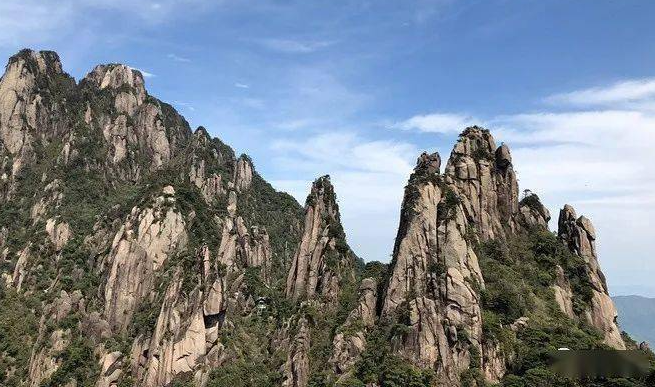
But what gives granite its strength? The mineral composition plays a key role. Quartz, one of granite’s main minerals, is known for its hardness and resistance to scratching. Feldspar, another major component, contributes to the rock’s ability to withstand weathering over time. Together, these minerals form a matrix that resists the forces of erosion, making granite one of the most enduring materials on Earth.
Granite in Our Lives
While granite’s geological journey is fascinating, its importance extends far beyond the Earth’s crust. As one of the most widely used building stones, granite has been utilized by humans for thousands of years. Ancient Egyptians, Greeks, and Romans employed granite for monuments, statues, and architectural feats, thanks to its aesthetic beauty and resistance to wear.

Today, granite is a cornerstone of modern construction. Its aesthetic appeal, combined with its durability, makes it a popular choice for countertops, flooring, and decorative surfaces. In addition, its resistance to heat, moisture, and scratching makes granite an ideal choice for kitchen and bathroom surfaces that see constant use.

Beyond the home, granite is a key material in infrastructure. Major highways, bridges, and public buildings often rely on granite for its strength and longevity. One of the most famous examples of granite’s resilience is the Mount Rushmore National Memorial, where 60-foot-tall faces of American presidents are carved into granite, standing as a testament to the rock’s enduring nature.
The Quarrying Process
To extract granite, large quarries are opened where the rock is located near the surface. The extraction process is carefully controlled, using modern technology to cut, shape, and transport massive blocks of stone. These blocks are then sliced into thin slabs or blocks for use in everything from construction to fine countertops.
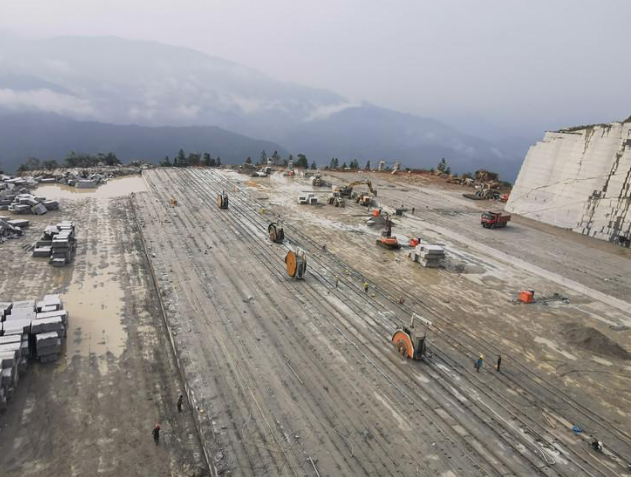
But quarrying granite is not without challenges. Extracting large blocks without damaging the rock requires a precise balance of mechanical cutting tools and blasting techniques. Once quarried, the granite is often polished to a high sheen, enhancing its natural color and texture. The result is a material that is not only tough and functional but also stunningly beautiful.
The Earth’s Ancient History
Granite also holds the key to understanding the Earth’s geological history. Because granite forms deep within the Earth’s crust, studying granite formations can provide valuable insights into the tectonic processes that shape our planet. The patterns of granite distribution and age can reveal the movements of tectonic plates and the cooling history of the Earth.
For example, the granite formations found in the Canadian Shield, one of the oldest geological regions in the world, date back more than 4 billion years, offering a glimpse into the early history of our planet. These ancient granite formations are some of the oldest rocks on Earth and provide clues to how our world evolved.
Conclusion
Granite may seem like an ordinary rock, but it holds extraordinary scientific secrets. From its fiery origins deep beneath the Earth’s crust to its lasting presence in human history, granite is a rock that tells a story of both the planet’s geological evolution and human ingenuity. As a material that has withstood the test of time, granite reminds us of the forces of nature that shape our world and the enduring beauty and utility that can emerge from these forces.
About Us
Jessie
Fortune East Stone
📧 Email: sales08@fortunestone.cn
📞 Phone: +86 15880261993 (Available on WhatsApp)
🌐 Websites: www.festonegallery.com | www.fortuneeaststone.com


